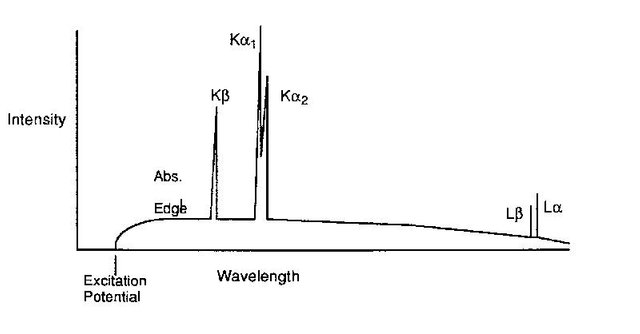RE: Capturing Plasma in Magnetic Fields & Updated Hardware
I will dedicate an entire article to this shortly after I get a few more flanges and components. The short version is that the electron beam current has relation (i think its linear-ish) to both the applied voltage and current. The higher the applied plasma current, the higher the electron beam current. To somewhat meet in the middle, my plan is to put two or three MOTs in series with each other so the output is around 1/2 amp at 4-6 kV. This should supply me with an electron beam current comparable to the input current. I will then use the HV supply that I used for this article to provide the accelerating voltage for the electron beam.
As for the Xrays, I am fairly safe because I keep a geiger counter on me and have only picked them up once. In addition, the majority of radiation generated from electron impacts are at the characteristic excitation frequencies of that metal. One nice quality about these characteristic frequencies is that they are also readily absorbed/blocked by the same material. So as long as the electrons are striking steel, the majority of the radiation generated will not get past the walls of the chamber. However, it could go through the viewport but, due to emission angles, the amount that gets through is typically very small. Here is an image that illustrates the K Alpha & Beta bands for copper radiation. These are the characteristic radiation emissions for copper, which are also readily absorbed by copper. This is the source for the image: http://ruby.colorado.edu/~smyth/G30105.html

I may end up using the electron beam to make either an X-ray Fluoresce element analyzer or an electron beam welder (Hell, why not both!).